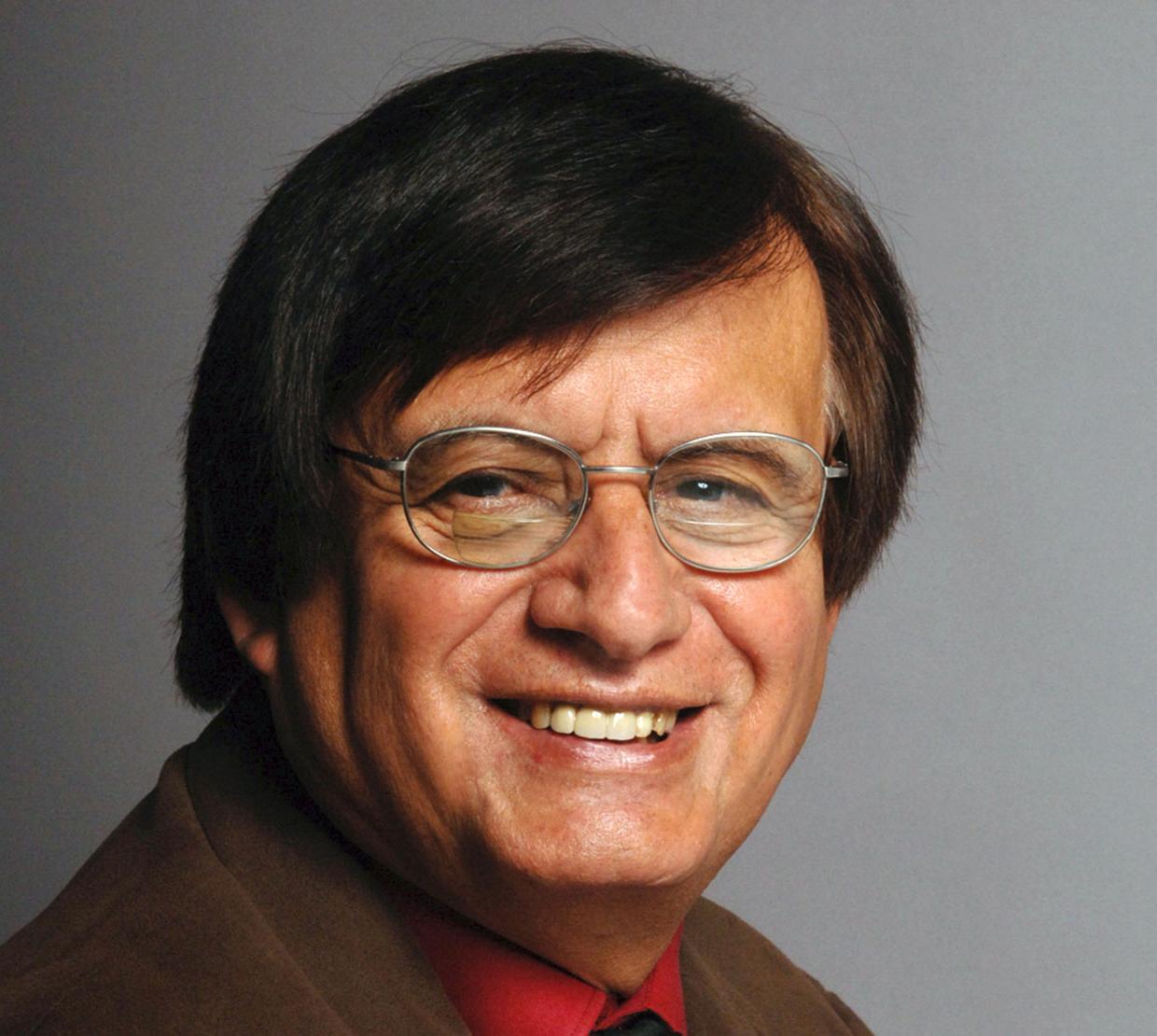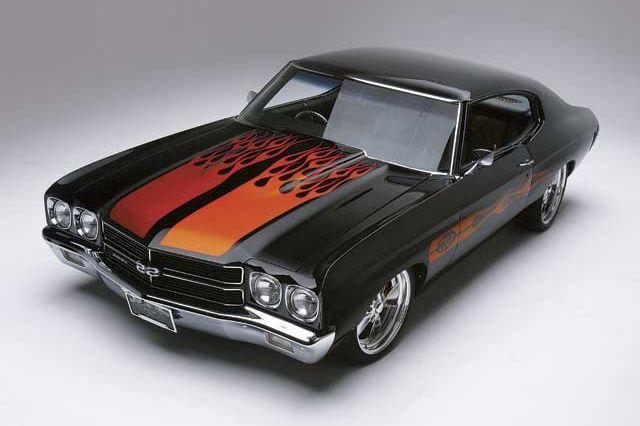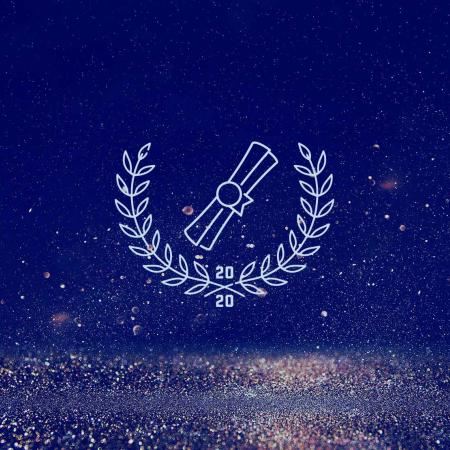The College of Science welcomes renowned mathematician Richard Tapia who will present a public science lecture entitled, "Using Mathematics to Enhance My Personal Life," for faculty and students. The event will be held May 11 at 3:00 pm in Snell International Forum at 2150 SW Jefferson Way on campus. REGISTER here. Dr. Tapia is a University Professor in Rice University’s Computational and Applied Mathematics Department, the university’s highest academic title awarded to only seven faculty in its history.
For many years, Dr. Tapia was involved in BMX bicycle racing as a supportive father for his son. He will kick off his talk using several lively videos to identify and illustrate what he calls the "Curse of Lane 8" or "The Fair Lane Assignment Problem in BMX Bicycle Racing." Next, he will use his mathematical training to formulate the issue as a mathematical problem and then solve the problem using a computer while describing the solution technique.
In the second part of this talk, Dr. Tapia will show and describe how he made a riveting video with the help of a dual art and math undergraduate at Rice University that ended up accompanying him as he showed his 1970 Chevelle Malibu SS at car shows across the country. Both the car and video are named, “Heavy Metal.” Check out an interview of Dr. Tapia at the Detroit Autorama 2008.




